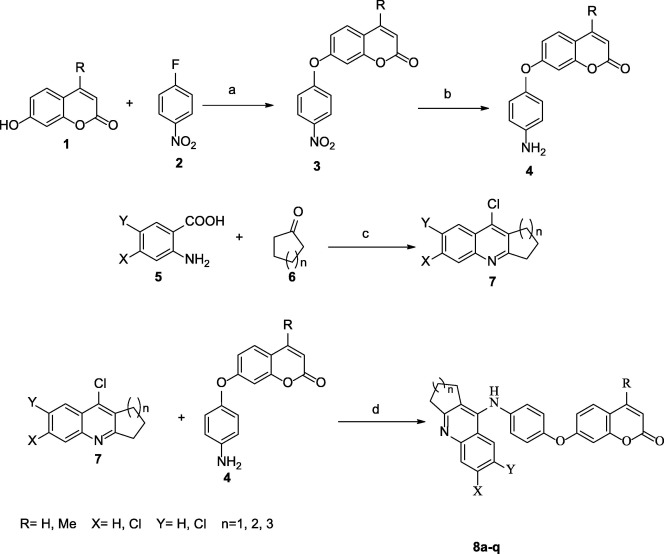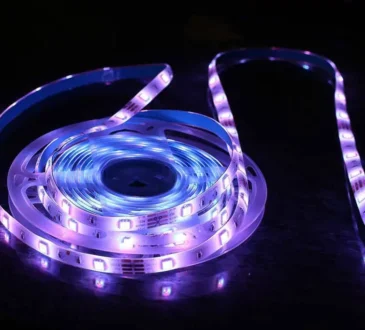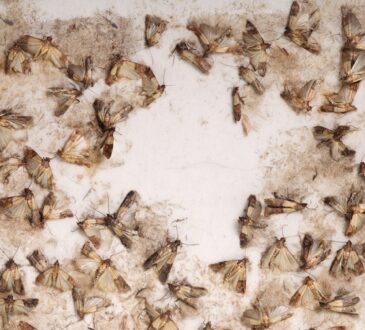
Quinoline refers to a heterocyclic aromatic organic compound. The compound has a strong odor smell, colorless, hygroscopic liquid with a chemical formula C9H7N. When exposed to light, this chemical compound becomes yellow and then brown.
It is a soluble compound but can slightly dissolve in cold water. However, it dissolves readily when put in hot water or most organic solvents. Moreover, this chemical compound can be used for various applications. But it has different variants used in other applications.
One of the quinoline derivatives is quinine. This is an alkaloid extracted in plants and involved in antibiotic resistance.
Which are Quinoline Derivatives?
There are different quinoline derivatives. These derivatives include:
- Quinidine
- Quinine
- Amodiaquine
- Chloroquine
- Halofantrine
- Lumefantrine
- Primaquine
- Mefloquine
All the above quinoline derivatives have specific roles and use. They are used as drugs because of their effects on erythrocytic stage infection.
If you use a drug having primaquine, for example, it kills intrahepatic and gametocytes forms. It acts by accumulating in the food vacuole of the parasite to form a complex with heme – this will prevent crystallization in the plasmodium vacuole. Therefore, it inhibits heme polymerase activity and results in the accumulation of free cytotoxic heme.
Classification of Quinoline
Quinoline is classified in the organic compounds – aromatic heterocyclic series class. These compounds feature a double-ring structure with a pyridine ring fused with two adjacent carbon atoms and benzene.
However, the benzene ring has six carbon atoms, but the pyridine ring has five carbon atoms plus a nitrogen atom. In the list of quinoline family, the simplest member is usually quinoline itself.
How is Quinoline Used?
Quinoline is a compound with numerous uses. However, it can partially be used while manufacturing nicotinic acid. The acid is essential and helps prevent pellagra and other chemicals in humans.
However, there are several methods for preparing and production of quinoline – the synthetic product.
Various organic compounds – alkaloids – produced by plants are classified in the quinoline family. These can help with the production of this organic compound.
Benefits of Quinoline Derivates
The cinchona tree produces quinine and other derivatives.
On the other hand, there are amodiaquine and mefloquine, which are synthetic Quinoline compounds. These are long-acting local anesthetics used by topical agents to help relieve pain from insect bites, stings, and minor cuts.
Lastly, cyanine has been used for ages because it’s an essential compound for dyes.
Which Derivatives are Used as Antimalaria Drugs?
Quinone has various derivatives commonly used as Antimalaria drugs. These derivatives include chloroquine, quinine, primaquine, and amodiaquine.
Antimalaria drugs are essential and can help treat and prevent malaria infection. They are highly used in areas prone to malaria infections.
Most of these drugs usually target the erythrocytic stage, which is usually the erythrocytic stage of infection. It is also the phase causing symptomatic illness.
Conclusion
Quinoline is an essential compound. It has Derivates that can be used to manufacture dyes, niacin, hydroxyquinoline sulfate, and curing malaria. It can also act as a solvent for terpenes and resins. Moreover, this chemical compound can be used in the production of specialty chemicals.



